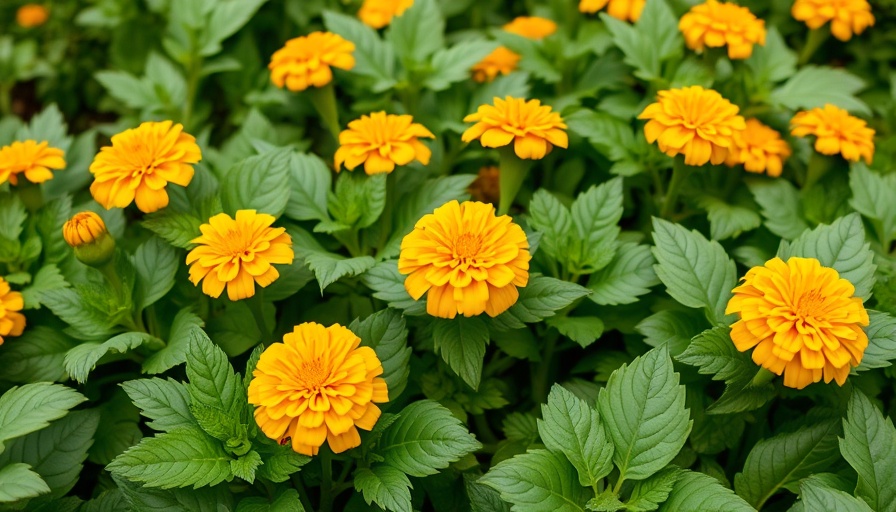
Understanding the Role of Trap Crops in Pest Management
Have you ever noticed that certain plants in your garden seem more prone to pest infestations? Just like kids are often drawn to Goldfish crackers over broccoli, some plants naturally attract more insects. This characteristic can be cleverly utilized in the gardening world through a technique known as trap cropping. Trap crops serve as decoys to lure pests away from your more valued plants, thereby ensuring a flourishing garden.
What Exactly Are Trap Crops?
Trap crops, also referred to as sacrificial plants, are chosen based on their attractiveness to specific pest species. By strategically placing these more appealing plants near your vegetable patches, fruits, or flowers, you can draw harmful insects to them instead. For example, pests might prefer a flowering collard green over the tastier cabbages you have planted. While they gorge on the trap crop, your main garden remains healthy and untouched.
How to Effectively Use Trap Crops
To maximize the effectiveness of trap crops, you can implement several strategies. One method is perimeter trapping, which involves planting decoys around the edges of your garden. This approach is particularly effective against pests that can’t fly well, such as thrips. Alternatively, the intercropping method allows you to plant trap crops within your main crops, effectively confusing pests that tend to move between plants, like certain nematodes.
The Varieties of Trap Plants
Choosing the right trap plant is crucial for success. Popular options include marigolds, which not only attract pests but can also deter nematodes. Other effective trap crops could include mustard plants or various legumes that draw aphids away from your major crops. By selecting plants known to be favored by specific pests, you can create a focused approach to pest control that minimizes damage and utilizes nature to its advantage.
Benefits of Trap Cropping
Trap cropping offers numerous benefits for home gardeners. By utilizing this method, you can significantly reduce pest populations without the need for chemical insecticides, promoting a safer growing environment for both plants and pollinators. Additionally, it allows for more sustainable gardening practices as you can minimize the use of pesticides, leading to a more eco-friendly garden.
Challenges in Implementing Trap Cropping
While trap cropping can be highly effective, there are challenges to consider. For instance, selecting the right trap crop takes time and requires knowledge of which pests are prevalent in your area. Additionally, there’s always the potential for pests to develop a preference for the trap crop instead of your main crops if not monitored closely, which may require adjusting your strategies over time.
Practical Tips for Successful Implementation
To ensure your trap cropping is successful, it’s helpful to monitor pest activity regularly. This allows you to make timely decisions about whether to apply insecticides to the trap crops or opt for physical removal methods like hand-picking. Additionally, consider diverse planting techniques to create a varied ecosystem that can naturally deter pests.
The Future of Gardening: Embracing Eco-Friendly Practices
As more gardeners aim for sustainability, integrating methods like trap cropping will become increasingly essential. This practice not only enhances plant health but also supports biodiversity, an essential factor for a resilient garden amidst changing climate conditions. By employing trap crops, you embrace a future where gardening is a harmonious relationship with nature.
As you embark on your gardening journey, remember that every challenge is an opportunity to learn and cultivate your own resilient haven. Embrace the adventure of experimenting with trap crops and let nature guide you towards greener practices!
 Add Row
Add Row  Add
Add 




 Add Row
Add Row  Add
Add 

Write A Comment